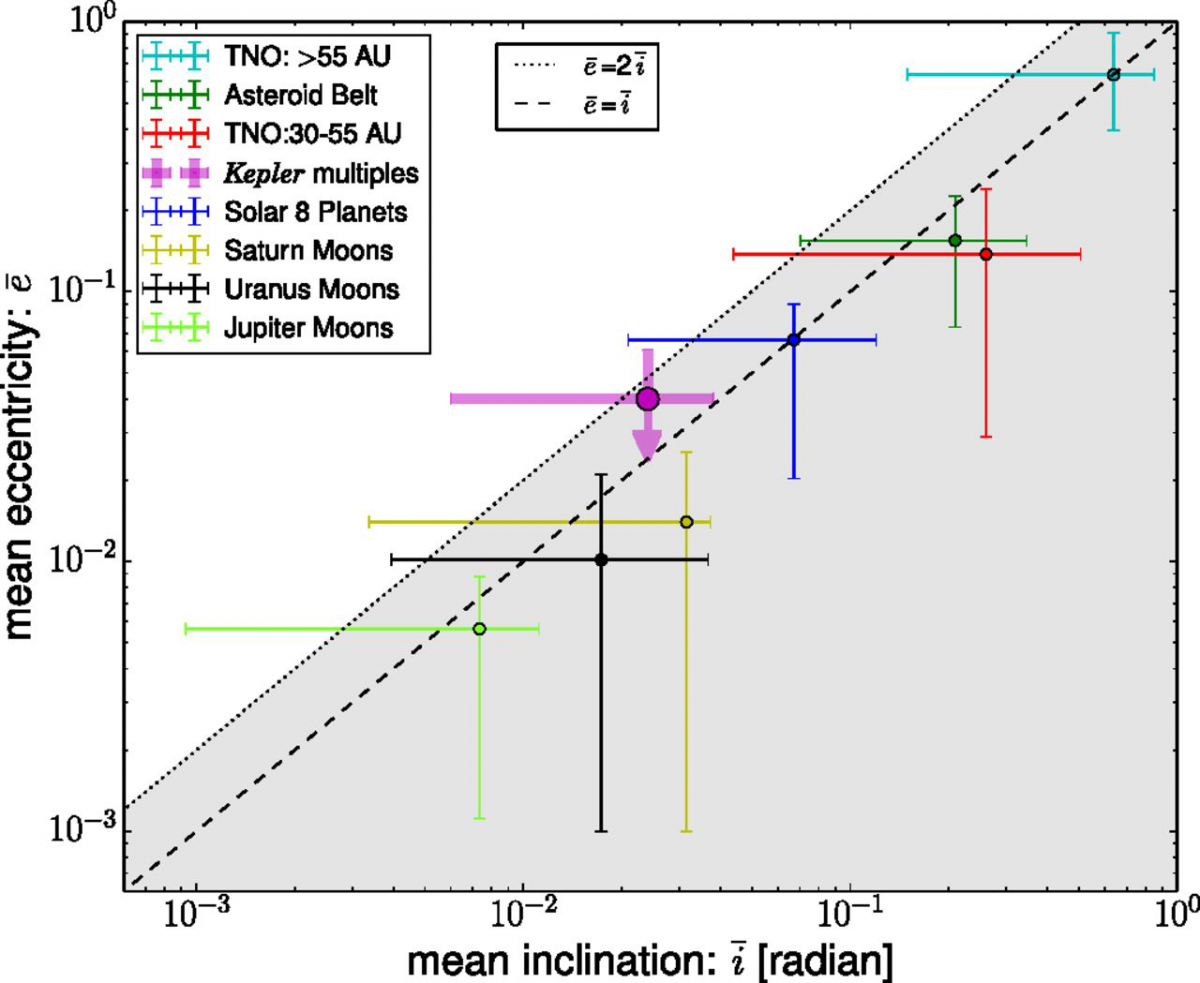Figure 1. The Large Sky Area Multi-Object Fiber Spectroscopy Telescope (LAMOST) telescope in Hebei, China. It is presently the most efficient spectroscopy machine in the world.
Using data from China’s LAMOST telescope, a team of astronomers have derived how the orbital shapes distribute for extrasolar planets. The work is recently published in the journal “Proceedings of the National Academy of Sciences of the United States of America” (PNAS). The lead authors are Prof. Jiwei Xie from Nanjing University and KIAA faculty member Prof. Subo Dong.
Until two decades ago, the only planetary system known to mankind was our own solar system. Most planets in the solar system revolve around the Sun on nearly circular orbits, and their orbits are almost on the same plane within about 3 degrees on average (i.e., the averaged inclination angle is about 3 degrees). Astronomers use the parameter called eccentricity to describe the shape of a planetary orbit. Eccentricity takes the value between 0 and 1, and the larger the eccentricity, the more an orbit deviates from circular. The averaged eccentricity of solar system planets is merely 0.06. Hundreds of years ago, motivated by circular and coplanar planetary orbits, Kant and Laplace hypothesized that planets should form in disks, and this theory has developed into the “standard model” on how planets form.
In 1995, astronomers discovered the first exoplanet around a Sun-like star 51 Pegasi with a technique called Radial Velocity, and this discovery started an exciting era of exoplanet exploration. At the beginning of the 21st century, people had discovered hundreds of exoplanets with the Radial Velocity technique, and most of them are giant planets comparable in mass with the Jupiter. These Jovian planets are relatively rare, found around approximately one tenth of stars studied by the Radial Velocity technique. The shapes of their orbits were a big surprise: a large fraction of them are on highly eccentric orbits, and all the giant planets found by Radial Velocity have a mean eccentricity of about 0.3. This finding challenges the “standard model” of planet formation and raises a long-standing puzzle for astronomers – are the nearly circular and coplanar planetary orbits in the solar system common or exceptional?
The Kepler satellite launched by NASA in 2009 has discovered thousands of exoplanets by monitoring tiny dimming in the brightness of stars when their planets happen to cross in the front (called “transit”). Many of the planets discovered by Kepler have sizes comparable to that of the Earth. Kepler’s revolutionary discoveries show that Earth-size planets are prevalent in our galaxy. However, data from the Kepler satellite alone cannot be used to measure the shape of a transiting exoplanet’s orbit. To do so, one way is to use the size of the planet host star as a “ruler” to measure against the length of the planet transit, while implementing this method needs precise information on the host star parameters such as size and mass. This method has previously been applied to the host stars characterized with the asteroseismology technique but the sample is limited to a relatively small number of stars with high-frequency, exquisite brightness information required by asteroseismology.
With its innovative design, the LAMOST telescope in China can observe spectra of thousands of celestial objects simultaneously within its large field of view, and it is currently the most efficient spectroscopy machine in the world (Figure 1). In recent years, LAMOST has obtained tens of thousands of stellar spectra in the sky region where the Kepler satellite monitors planet transits, and they include many hundreds of stars hosting transiting exoplanets. By comparing with other methods such as asteroseismology, the research team finds that, high-accuracy characterization of stellar parameters can be reliably obtained from LAMOST spectra, and they can subsequently be used to measure the the orbital shape distributions of Kepler exoplanets.
They analyze a large sample of about 700 exoplanets whose host stars have LAMOST spectra, and with the LAMOST stellar parameters and Kepler transit data, they measure the eccentricity and inclination angle distributions. They find that about 80% of the analyzed planet orbits are nearly circular (averaged eccentricity less than 0.1) like those in the solar system, and only about 20% of the planets are on relatively eccentric orbits that significantly deviate from circular (average eccentricity large than 0.3). They also find that the average eccentricity and inclination angle for the Kepler systems with multiple planets fit into the pattern of the solar system objects (Figure 2).
Therefore, circular orbits are not exceptional for planetary systems, and the orbital shapes of most planets inside and outside the solar system appear to distribute in a similar fashion. This implies that the formation and evolution processes leading to the distributions of the orbital shapes of the solar system may be common in the Galaxy.

Figure 2 (from the published PNAS paper). The mean eccentricity (e) and inclination (i) of Kepler multiples fit into the pattern of the solar system objects satisfying a relation e ≈ (1-2) x i. The dots represent the Kepler multiple planets (magenta), the 8 planets of the solar system (blue), regular moons of Jupiter, Saturn, and Uranus (light green, yellow, and black); main belt asteroids (green); and trans-Neptune objects (TNOs; both the classical Kuiper Belt objects with orbital semi-major axes 30–55 AU shown in red and the scattered disk objects with semi-major axes >55 AU shown in cyan).